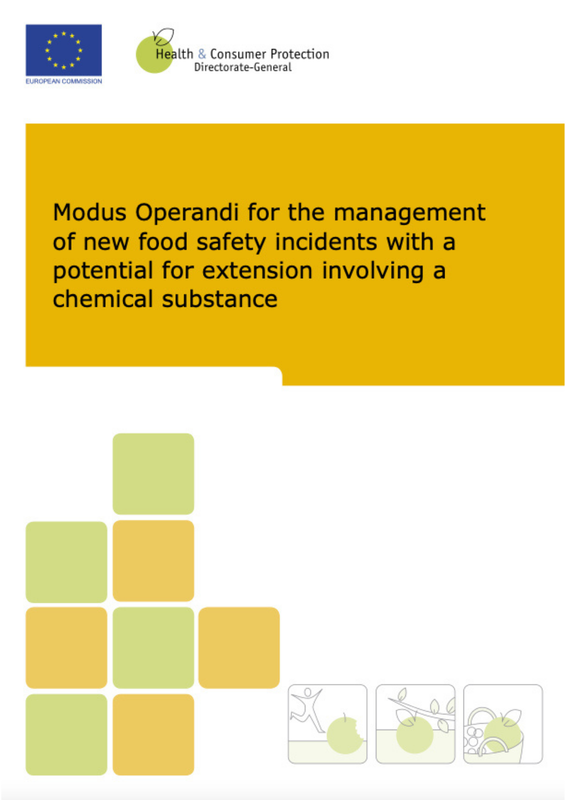Chemical Safety
Chemicals play an important role in food production and distribution. As food additives, they extend the shelf life of food and, as colorants and flavorings, they can make food more attractive. Other chemicals are pharmacologically active and therefore used to combat diseases in farm animals and crops.
To keep food hygienic and attractive it must be stored in containers made of chemicals such as plastic. These clear benefits of using chemicals in food production and distribution must, on the other hand, be balanced with potential health risks to the food consumer due to the side effects and residues of these chemicals.
Moreover, a number of chemical substances are present in the environment as pollutants. These contaminants are unintentionally present in raw materials used in food production and distribution and can often not be avoided. Community food legislation aims at the establishment of the right balance between risks and benefits of substances that are used intentionally and at the reduction of contaminants in accordance with the high level of consumer protection that is required in Article 152 of the Treaty establishing the European Community.
To achieve this high level of health protection for the consumer, a risk analysis procedure that is based on sound scientific evaluation and takes into account other factors – such as the feasibility of control – underpins Community legislation.
To keep food hygienic and attractive it must be stored in containers made of chemicals such as plastic. These clear benefits of using chemicals in food production and distribution must, on the other hand, be balanced with potential health risks to the food consumer due to the side effects and residues of these chemicals.
Moreover, a number of chemical substances are present in the environment as pollutants. These contaminants are unintentionally present in raw materials used in food production and distribution and can often not be avoided. Community food legislation aims at the establishment of the right balance between risks and benefits of substances that are used intentionally and at the reduction of contaminants in accordance with the high level of consumer protection that is required in Article 152 of the Treaty establishing the European Community.
To achieve this high level of health protection for the consumer, a risk analysis procedure that is based on sound scientific evaluation and takes into account other factors – such as the feasibility of control – underpins Community legislation.
|
For chemical substances in food, legislation is divided into the following areas:
|
Modus Operandi for the management of new food safety incidents with a potential for extensions involving a chemical substance:
|


